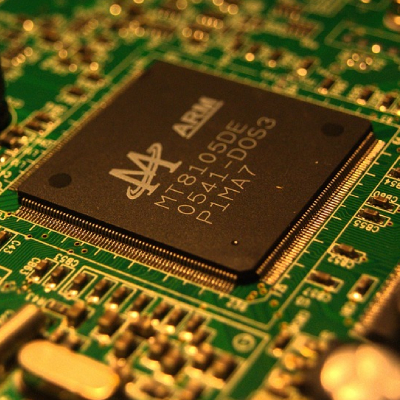The 2020–21 global chip shortage is an ongoing crisis in which the demand for semiconductor chips is greater than the supply, impacting more than 169 industries. It has led to major shortages and queues amongst consumers for video cards, video game consoles, cars and other electrical devices. It is thought to continue until 2022 but no one is certain how long the shortage will last, and it is creating anxiety in the electronics industry.
The biggest reason for the shortage is COVID-19 but other reasons include the China-United States trade war, which put restrictions on Semiconductor Manufacturing International Corporation (SMIC), China’s biggest chip manufacturer – and the Taiwan drought has also impacted the market due to their need of ultra-pure water for cleaning their factories and wafers.
The demand on electronic devices has increased rapidly due to the changing behaviour and lifestyle of people, needing new tech to stay in touch with their loved ones and working from home. This is adding more stress to the already happening chip shortage and it is thought that the shortage might even affect the availability and prices of our everyday devices such as our payment cards, which will inevitably cause a lot of problems, considering how much we rely on our plastic payment methods nowadays.
“The supply chain constraints that started in the September quarter continued to grow through the December quarter. A robust overall business environment, accentuated by rising demand from the automotive, industrial and consumer markets, combined with low levels of inventory in the distribution channel, resulted in constraints in practically all of our internal and external factories. Since September, we have been ramping our internal factories, as well as investing in capital additions, to further expand our internal capacity. We have also worked with our supply chain partners to increase our fab, assembly and test capacity allocation.
However, based on the current strength of the business environment, we expect that the constraints we are currently seeing are likely to continue through much of calendar year 2021 and possibly into calendar year 2022. As a result, we have seen our lead time stretch out for many of our products where the constraints are most acute. We have also experienced increases in material and subcontracted manufacturing costs and have taken steps to secure capacity for 2021.”
Ganesh Moorthy – President and Chief Operating Officer of Microchip
“December quarter revenue also grew over prior year’s December quarter by 5%. We started ramping our internal factories in September, as well as investing in capital additions, to expand our internal capacity. We also started working with our supply chain partners to receive more allocation from wafer foundries and assembly test subcontractors. These efforts improved product availability in the December quarter but still constrained some of the revenue upside.”
Steve Sanghi – Chairman and Chief Executive Officer of Microchip
At Milliamp we make sure to check the current availability of IC’s so that we are designing your products in a way that they can go through to manufacturing and not be stuck on stand-by, waiting for a specific microchip to be manufactured and delivered. This way we can ensure the design and building process is as smooth as possible even with the current difficulties.




